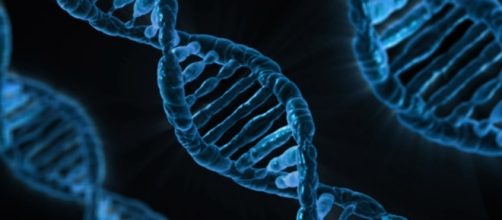When Louise Joy Brown was born July 25, 1978, in Manchester, England, her birth proved to be a giant leap for science and mankind alike as she became the first human to be conceived via in vitro fertilisation (IVF). The pioneering technique sparked a worldwide debate. While the proponents of the technology lauded the event the opponents expressed concern over the use of artificial intervention. Nearly 40 years on, the latest ''designer babies'' breakthrough is now poised for the same hot seat that IVF once occupied years ago.
A milestone in genomics
Recently, a team of researchers led by Dr Shoukhrat Mitalipov, Director of the Center for Embryonic Cell and Gene Therapy at Oregon Health and Science University, achieved a milestone in genomics when they created Human Embryos in the lab, using CRISPR-Cas9, an innovative genome modification tool.
CRISPR-Cas9 (Clustered Regularly Interspaced Short Palindromic Repeat) is “a gene-editing technique that can target and modify Dna with groundbreaking accuracy,” states a Motherboard report.
The research involved eggs from 12 healthy women and sperm from a male volunteer who has Hypertrophic Cardiomyopathy (HCM). According to Asian Scientist, HCM is one of more than 10,000 inheritable diseases caused by an error in a single gene.
Published in Nature journal, the study describes how the researchers were able to alter a malfunctioning MYBPC3 (Myosin binding protein C) gene from an embryo’s DNA using CRISPR technique thus demonstrating that editing the DNA code of human embryos does work and could potentially help eradicate or correct genes that cause hereditary diseases.
“The process is termed "germline engineering" because any genetically modified child would then pass the changes on to subsequent generations via their own germ cells—the egg and sperm,” explains an MIT Technology Review article.
“In addition to treating heritable diseases, CRISPR can be used in the realm of infectious diseases, possibly providing a way to make more specific antibiotics that target only disease-causing bacterial strains while sparing beneficial bacteria,” states an SITN Harvard University report.
The embryos were later destroyed as they “were never intended to be transferred into a woman’s uterus for possible implantation and birth,” Scientific American reports.
A long way to go
Even though the experiment was a successful one with 72% embryos having two mutation-free copies of the gene in each cell, genetically altered humans are still far away into the future.
“Although scientifically an impressive feat, it is far from straightforward to perform such gene editing techniques. Many fewer labs than the public may realise have the capability to pull this off as they did,” says James Monaghan, Assistant Professor of Biology at the Northeastern University, in a News@Northeastern article.
Also, according to lead researcher Dr Mitalipov, the technique will not work if both parents have two defective copies of the gene.
CRISPR technique was first discovered by scientists at the Osaka University, Japan in 1987 in the DNA of bacteria.
Ethical concerns
“Editing may be more akin to getting pushed through a shredding machine” for some people labelled with disabilities, says Ruha Benjamin, an African-American Studies, and Bioethics Professor at Princeton University, in a National Geographic report.
Some experts are also worried that tinkering with the human DNA in an embryo could give rise to "designer babies"- babies with a set of superior traits that have been handpicked by the parents themselves.
Emily Smith Beitiks, a Disability Researcher at the University of California notes, in a Friends of the Earth (FOE) article, “these proposed applications raise social justice questions and put us at risk of reviving eugenics—controlled breeding to increase the occurrence of ‘desirable’ heritable characteristics. Who gets to decide what diversity looks like and who is valued?”


